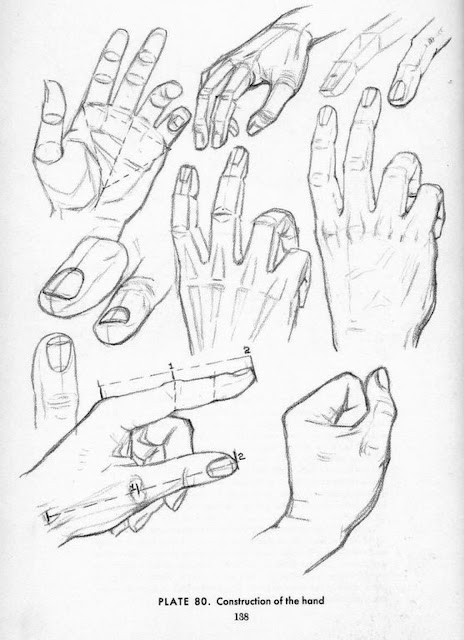Your presentation should include the following information:
– The name of the chosen illustrator, historical, geographical, and educational information about them, and the social and economic context (market) in which he/she work(ed).
– At least a half-dozen large, excellent examples of their work.
– An analysis of one of their illustrations as a message: including a description of the sender (client) of the illustration, the audience the illustration was aimed to, and the message/purpose the illustration was predominately conveying and/or striving for.
– A presentation of the illustrator’s process, his/her creative approach, and the impact it has on their style and message-making. Include examples of concept drawings, sketches, working iterations, finished illustrations, and final applications if possible.
– Any other information you deem important to understanding the illustrator and his/her success.
Note: Blogs are a great place to research and find specific information about illustration work and process. The Illustrator’s Market (theillustratorsmarket.blogspot.com) is a blog with interviews of professionals currently working in the field.
Three Illustrator Presentations will be held each of the following days. Please choose when you would like to present your illustrator to the class:
Thursday, April 5th
Aubre & Sam
Tuesday, April 10th
Tifinny, Brindle & Jen
Thomas, Ted, Adriane
NOTE: The class schedule for presentations has changed. No formal class will be held on Thursday, April 19th, and the last day of class has been moved to Tuesday, April 24th. As a consequence, presentations previously scheduled for the 17th and 19th have moved to the 24th.
Tuesday, April 24th
Uriel, Stella, Courtney, Neli, Zoe, Jasmine, MJ & Kerby
Tuesday, April 24th.







































